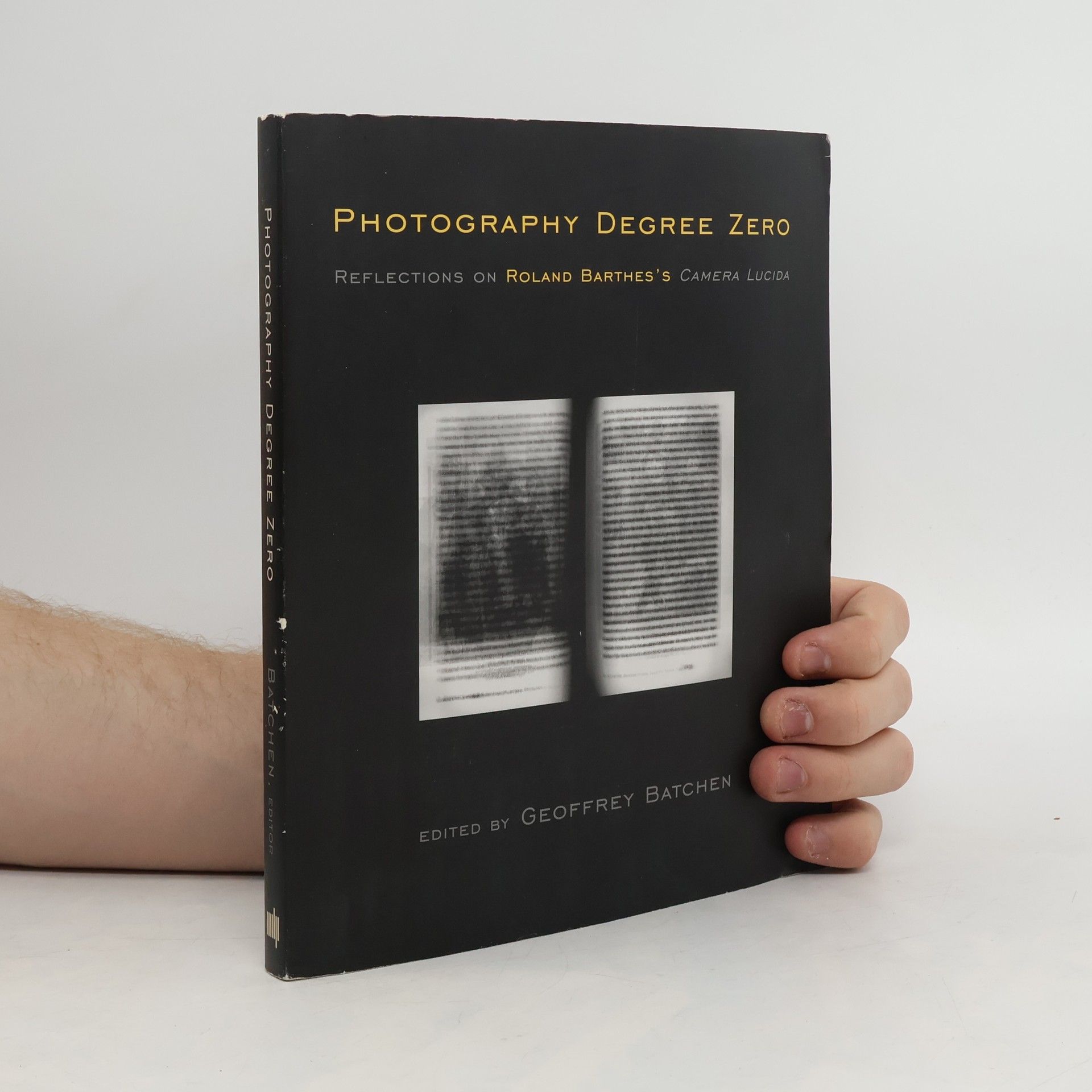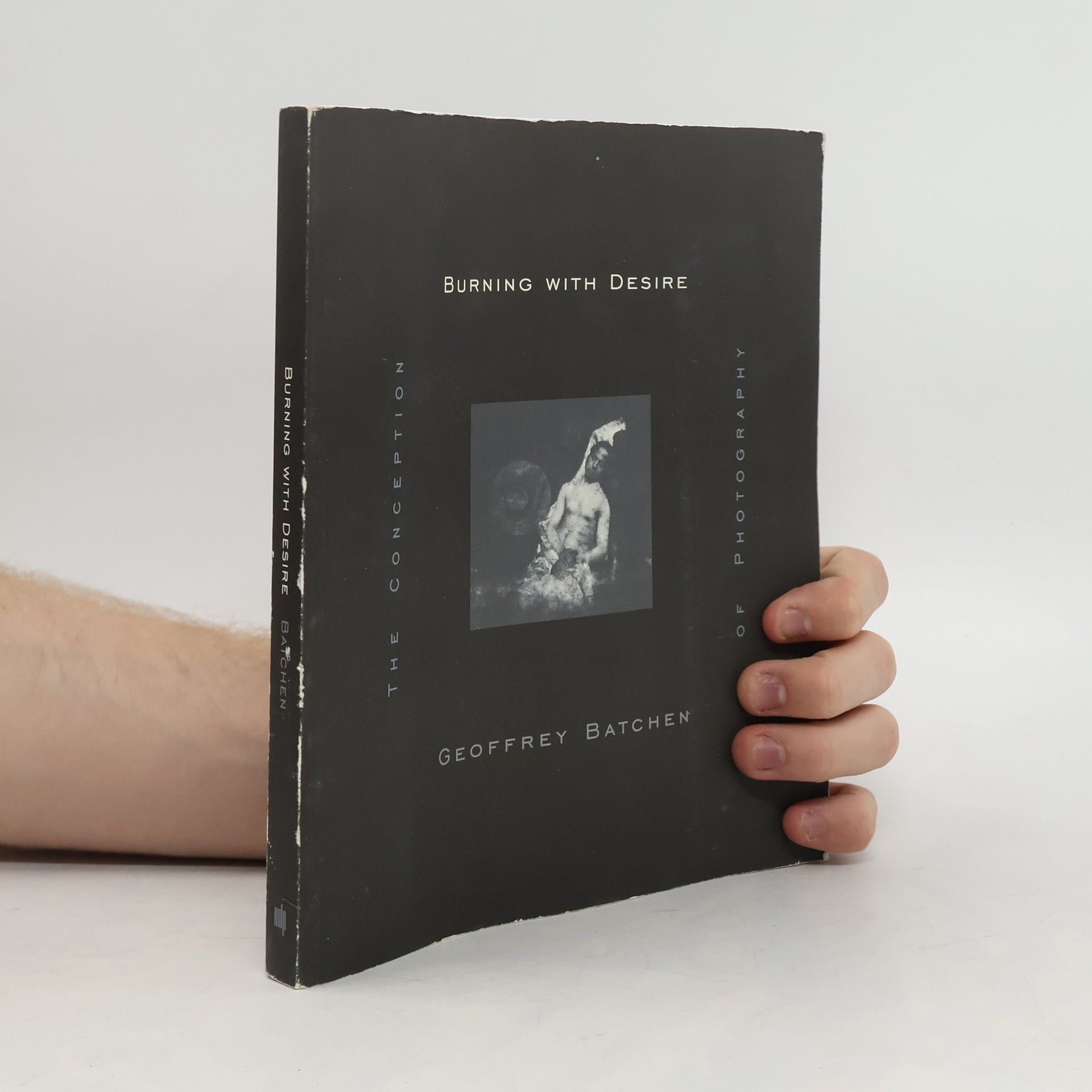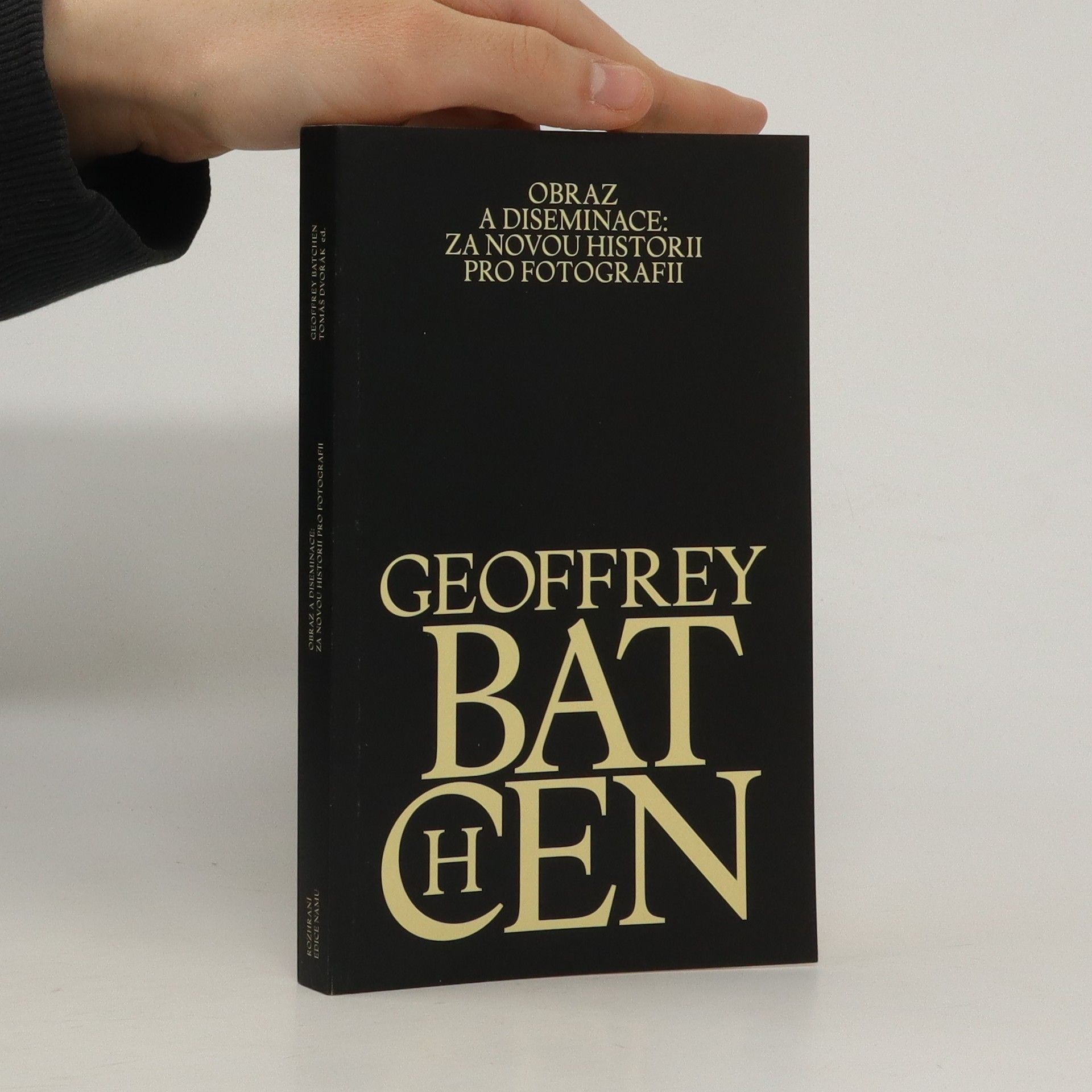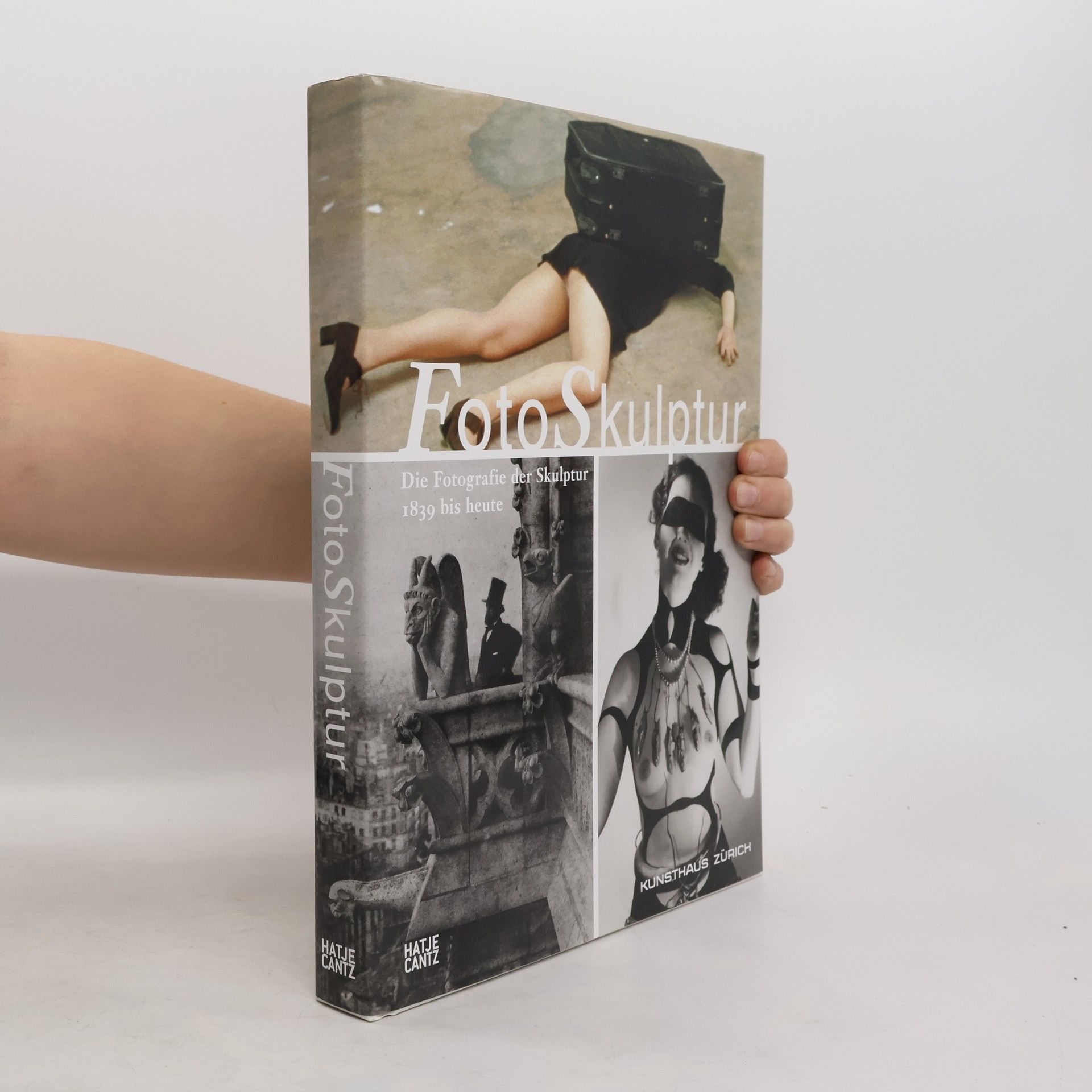Obraz a diseminace: Za novou historii pro fotografii
- 164 stránek
- 6 hodin čtení
Fotografie jako bytostně hraniční fenomén osciluje na hranici pomíjivého a trvalého, dynamického a statického, zjevného a skrytého, vědy a magie, pravdy a fikce, dokumentu a monumentu, informace a věci. Geofreyho Batchena coby historika a teoretika fotografie zajímají právě tyto hraniční momenty. V linii myšlení navazujícím na Jacquese Derridu, Rolanda Barthese či Michela Foucaulta si klade za cíl rozšířit dosavadní chápání historiografie fotografie a soustředí se na proměnu užívání tohoto média v různých historických kontextech s důrazem na tzv. vernakulární fotografie, tedy fotografie, se kterými se setkáváme v každodenní praxi (momentky, fotografie z dovolené atd.) Takováto nová „historie pro fotografii“ pak může lépe mluvit k naší žité zkušenosti, která je determinována záplavou nehmotných obrazů v internetovém prostoru.





